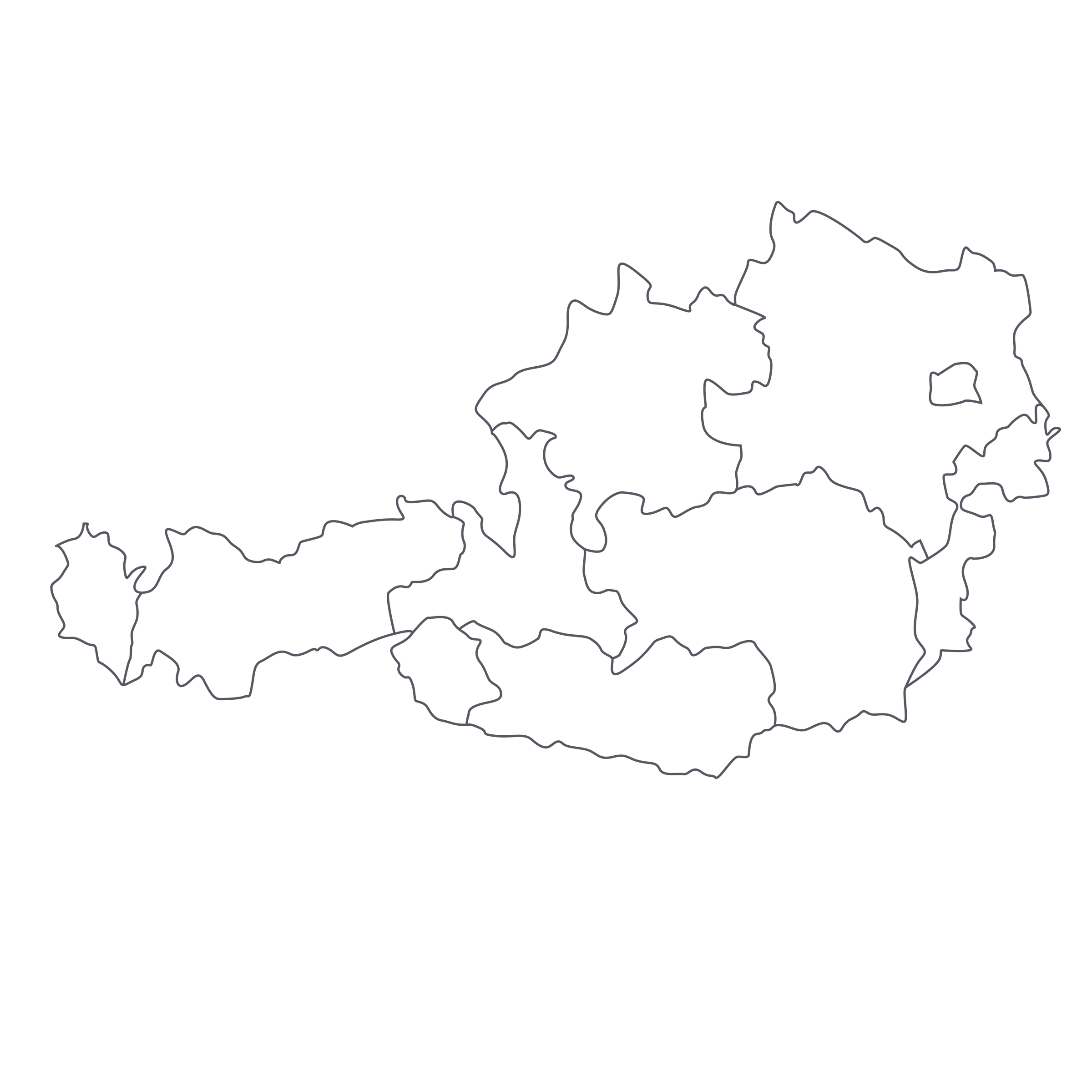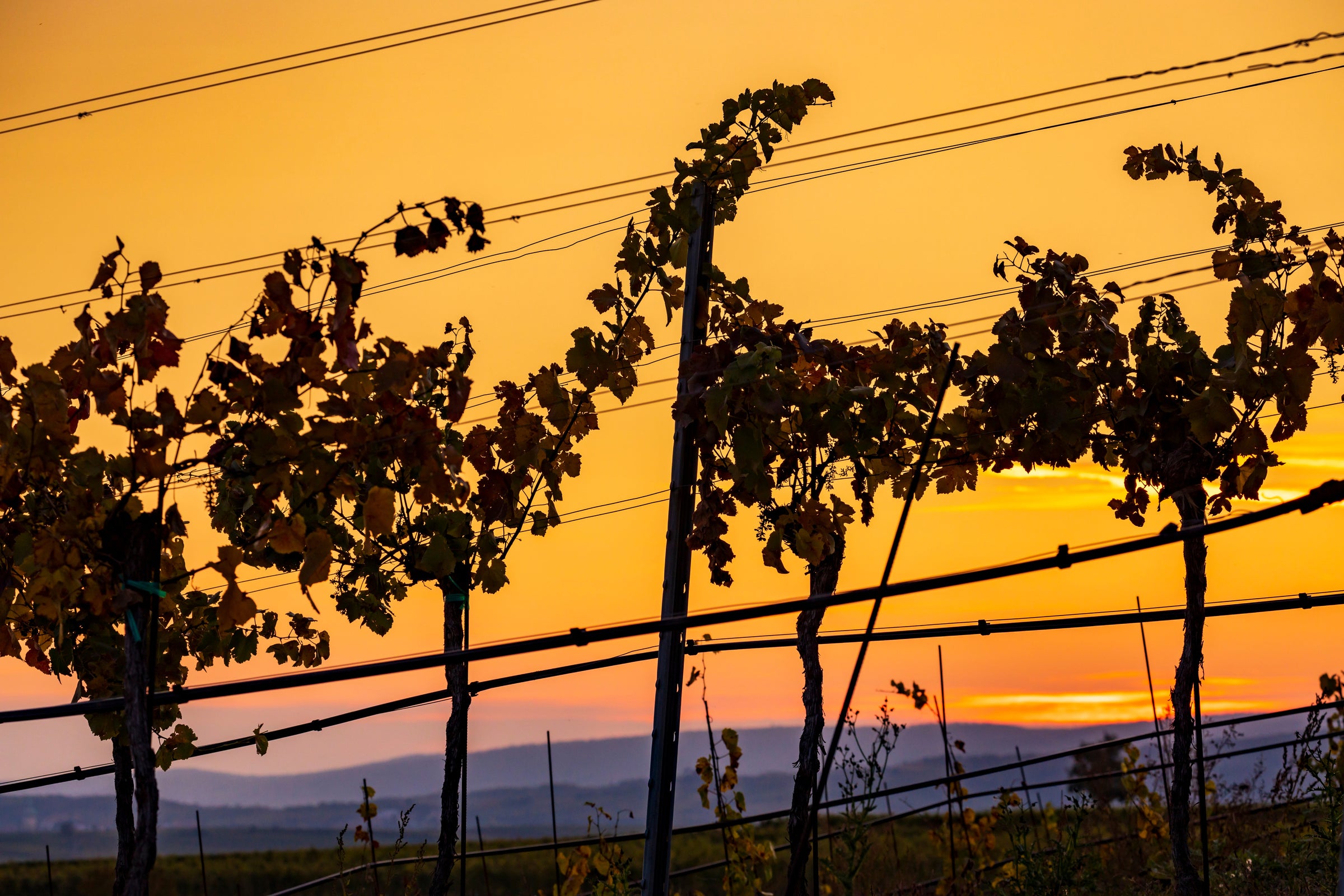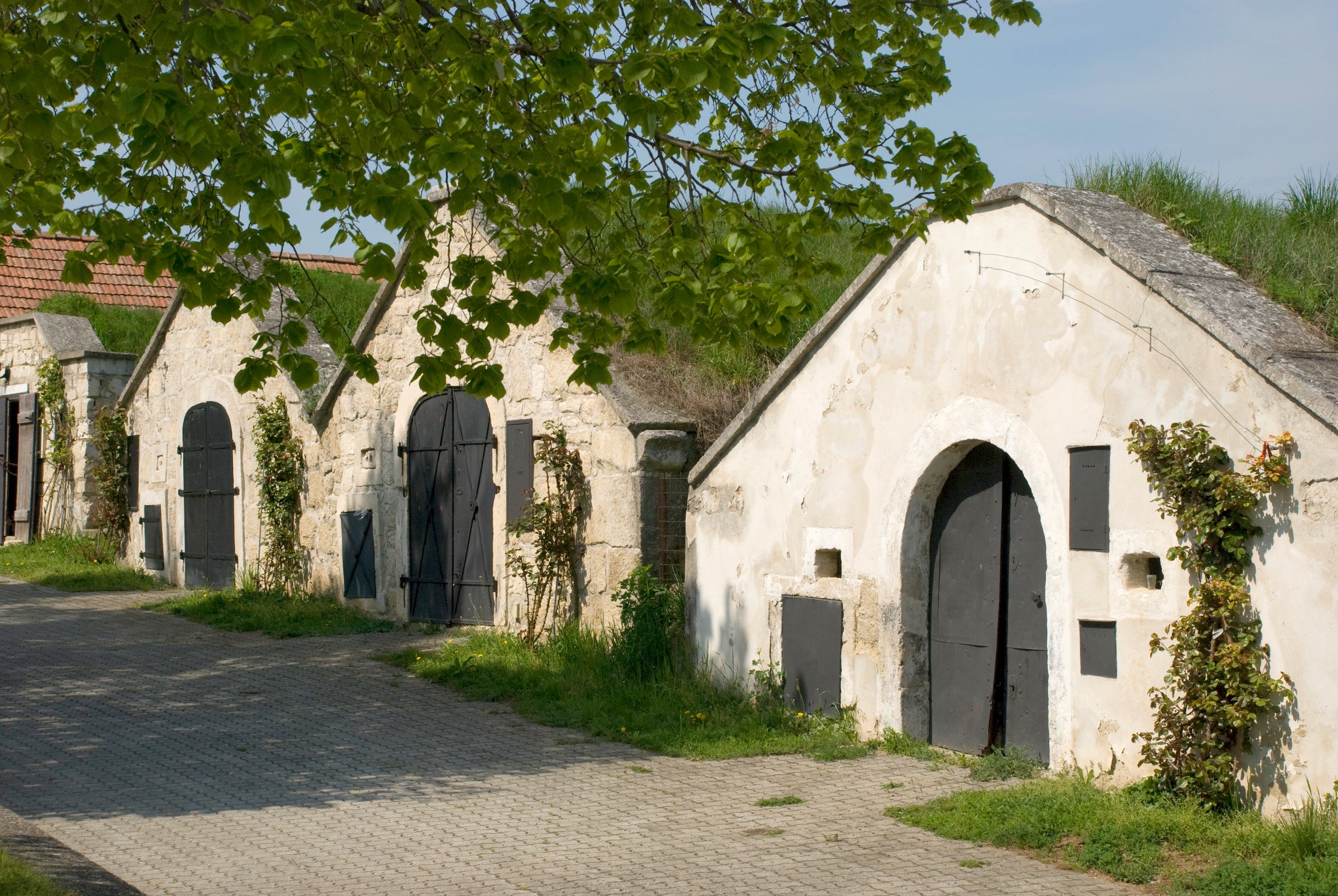We’ve been trying to secure enough quantity of Alzinger since the birth of SommSelect and after four years of cold calls and emails, today we can proudly offer their new-release 2017 Dürnsteiner Grüner Veltliner. It couldn’t have come at a more fortuitous time either: “I can’t remember a better vintage of this... It has a wonderfully pretty fragrance leading to a stunningly expressive Federspiel.”
That’s straight from the mouth of Terry Theise—a world-renowned importer specializing in Austrian wines for several decades. He essentially spearheaded the appreciation we all have for Grüner Veltliner by introducing (now) classic brands to the US market some 20-odd years ago—Alzinger being one of those elite names. As a result of his in-depth travels, he’s tasted more Austrian whites, let alone those from Alzinger, than we could ever imagine, so making a statement of this magnitude carries enormous weight. As for us? We’re stunned by the wine too: Alzinger sets a sky-high quality bar that makes it incredibly difficult for their Wachau neighbors to match. I know we’ve ingrained the $20-something Grüner Federspiels into your head, but this degree of crystal-clear purity and mineral refinement is among the best in the market. It’s uncommon to limit the number of bottles for an “entry-level” Grüner Veltliner, but since allocations are low and demand is impossibly high, we must limit everyone to six bottles.
I don’t think there has been a time where I’ve found myself in Austria and haven’t visited my good friend Leo Alzinger (Jr.). His wines and the stone-terraced vineyards from which they come are equally stunning to witness, but his father is the one who started it all: Leo Alzinger Sr. took over the family business in the mid 70s, which at the time was selling off their crop to a local cooperative. Being an innovator, he decided to start bottling estate wines in the early 1980s and from there, fame took off. Before taking over for his father, Leo Alzinger Jr. studied viticulture and trained in Germany and New Zealand. Though his father has now retired, you’ll still find him tending the vines and mending their miles of terraced stone walls.
Located in the riverside town of Unterloiben, Alzinger meticulously farms roughly 30 acres of vines, with most situated on steep terraced hillsides along the Danube. Today’s Grüner is sourced from their vineyards in
Dürnstein, another idyllic hamlet just across the river. All of the vineyard work is carried out manually and hand harvesting happens at Alzinger later than most of his neighbors. The grapes are sent just across the river to their winery where they are crushed whole-cluster with a very brief maceration. Afterwards, Leo allows the wine to settle for a day before commencing a cool fermentation. The aging process occurs in stainless steel in order to preserve its pristine flavors. Theise comically agrees: “You wouldn’t be surprised if the cellar master was the Dalai Lama”.
Alzinger’s 2017 Dürnsteiner Grüner shines a translucent straw yellow silver silver-green reflections on the rim. If popped and poured, you may notice a slight spritz, which will subside after several minutes. The nose is energetic and delivers only the purest aromatics of fruit and minerality. Fresh limes, lemon blossoms, arugula, and a tingling sensation of cracked white pepper tickles your nose before being accompanied by a wave of crushed rocks, yellow apple skin, grated ginger, and white peaches. The palate is what really distinguishes Alzinger from the rest of the main pack—Leo focus on streamlined purity from start to finish, instead of punching up the the wine with overly ripe fruit and excess weight. Just perfectly ripe grapes and minimalist winemaking. It’s lean with supple, juicy textures and brilliant lip-smacking acidity—an ideal white for garden-fresh foods and/or sweltering days. If you want to do a bit of showing off, try the attached kampachi crudo dish that creates a mesmerizing presentation thanks to the addition of watermelon radish and micro greens. Cheers!






